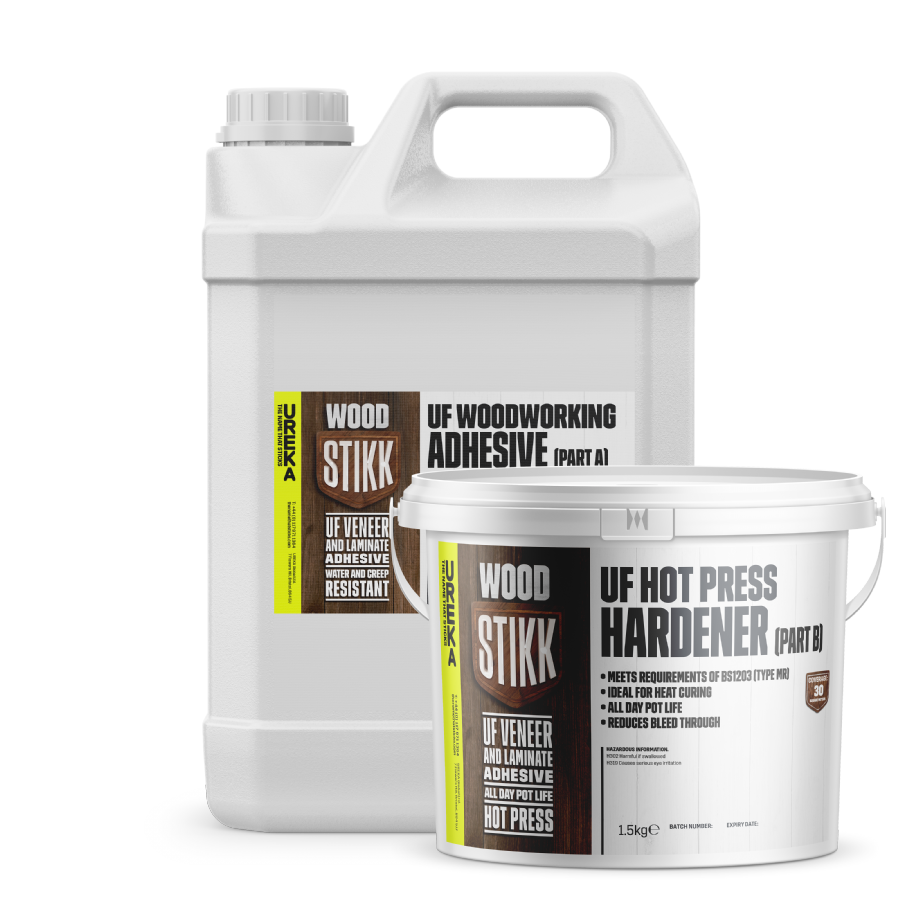Gluing presses have revolutionized the process of bonding wood, allowing for precise and efficient results. These machines use advanced technology to apply the perfect amount of pressure and adhesive, ensuring a strong and durable bond. With the ability to handle various sizes and types of wood, gluing presses have become an essential tool in the woodworking industry.
The Importance of Gluing Presses in Woodworking
Gluing presses play a crucial role in woodworking, ensuring the strength and durability of wood joints. These presses apply even pressure to the glued surfaces, allowing the adhesive to bond effectively. Without the use of gluing presses, woodworkers would struggle to achieve strong and reliable joints, compromising the overall quality of their projects. Additionally, gluing presses help to minimize the risk of glue squeeze-out, which can be messy and difficult to clean up. By using gluing presses, woodworkers can ensure that their projects are not only visually appealing but also structurally sound, making them a vital tool in the woodworking industry.
How Gluing Presses Ensure Precision in Wood Bonding

Gluing presses play a crucial role in ensuring precision in wood bonding. These machines are designed to apply pressure evenly and consistently, resulting in strong and durable bonds between wood pieces. By exerting pressure on the glued surfaces, gluing presses eliminate any gaps or air pockets that could weaken the bond. This ensures that the wood pieces are securely joined together, preventing any potential separation or damage. Additionally, gluing presses can be programmed to apply specific pressure and temperature settings, allowing for precise control over the bonding process. This level of precision ensures that the wood bonding is done accurately and efficiently, resulting in high-quality finished products.
Types of Gluing Presses for Different Woodworking Applications
There are several types of gluing presses available for different woodworking applications. One common type is the hydraulic gluing press, which uses hydraulic pressure to apply even and consistent pressure to the glued surfaces. This type of press is often used for larger woodworking projects that require a strong bond. Another type is the pneumatic gluing press, which uses compressed air to apply pressure. This type of press is often used for smaller woodworking projects or for projects that require a more delicate touch. Additionally, there are manual gluing presses that rely on manual force to apply pressure. These presses are often used for smaller, more intricate woodworking projects. Overall, the type of gluing press used will depend on the specific woodworking application and the desired outcome.
Advancements in Gluing Press Technology for Enhanced Wood Bonding
In recent years, there have been significant advancements in gluing press technology that have greatly enhanced wood bonding processes. These advancements have revolutionized the way wood products are manufactured, resulting in stronger and more durable bonds. One of the key advancements is the development of automated gluing presses that offer precise control over the application of adhesive. This ensures consistent and uniform bonding, eliminating the risk of weak spots or delamination. Additionally, these automated presses are equipped with advanced monitoring systems that detect any irregularities during the bonding process, allowing for immediate adjustments and preventing potential defects. Overall, these advancements in gluing press technology have greatly improved the quality and reliability of wood bonding, making it an essential tool in the woodworking industry.
Common Challenges in Wood Bonding and How Gluing Presses Overcome Them
Wood bonding can present several challenges, but gluing presses are designed to overcome them. One common challenge is achieving a strong and durable bond between wood surfaces. Gluing presses apply even pressure to ensure a tight bond and eliminate any gaps or voids. Another challenge is the need for precise alignment of the wood pieces. Gluing presses have adjustable clamps and guides to ensure accurate alignment during the bonding process. Additionally, wood surfaces may have imperfections or contaminants that can hinder bonding. Gluing presses often incorporate cleaning and prepping mechanisms to remove these obstacles and create a clean bonding surface. Overall, gluing presses are essential tools for overcoming the challenges of wood bonding and achieving high-quality results.
Tips for Choosing the Right Gluing Press for Your Woodworking Projects
When it comes to woodworking projects, choosing the right gluing press is crucial for achieving high-quality results. There are several factors to consider when making this decision. Firstly, you need to determine the size and capacity of the press that will best suit your needs. Consider the dimensions of the materials you typically work with and ensure the press can accommodate them. Additionally, pay attention to the clamping force of the press, as this will determine how tightly the materials are held together during the gluing process. Finally, consider the ease of use and adjustability of the press, as these factors will greatly impact your overall experience and efficiency.
Conclusion
In conclusion, gluing presses have revolutionized the process of bonding wood by providing precision and efficiency. These machines have eliminated the need for manual gluing, reducing human error and increasing productivity. With their ability to apply consistent pressure and distribute adhesive evenly, gluing presses have become an essential tool in the woodworking industry.
What are gluing presses?
Gluing presses are machines used for bonding wood pieces together with precision. They apply pressure and adhesive to ensure a strong and durable bond.
How do gluing presses work?
Gluing presses work by applying pressure to the wood pieces being bonded. They have adjustable clamps or plates that hold the pieces in place while the adhesive is applied. The pressure helps the adhesive penetrate the wood fibers, creating a strong bond.
What types of wood can be bonded with gluing presses?
Gluing presses can be used to bond various types of wood, including hardwood, softwood, plywood, and engineered wood. They are versatile machines that can handle different wood species and thicknesses.
Are gluing presses suitable for industrial use?
Yes, gluing presses are commonly used in industrial settings. They are designed to handle high production volumes and provide consistent and reliable bonding results. Industrial-grade gluing presses are built to withstand heavy use and offer advanced features for increased efficiency.
Can gluing presses be used for other materials besides wood?
While gluing presses are primarily used for bonding wood, they can also be used for other materials such as laminates, plastics, and composites. The suitability of a gluing press for a specific material depends on factors such as the adhesive used and the material’s properties.
What are the advantages of using gluing presses?
Using gluing presses offers several advantages. They provide precise and uniform pressure distribution, ensuring a strong bond. Gluing presses also allow for efficient and consistent production, reducing assembly time. Additionally, they can be equipped with advanced features such as automated controls and adjustable pressure settings for enhanced productivity.

